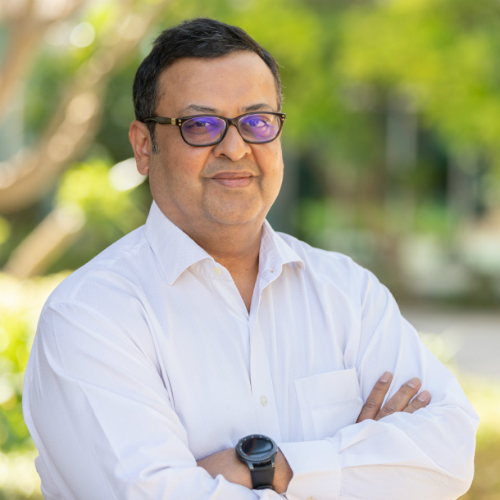
Every industry has a “spark” moment. Y2K was that moment for the Indian tech sector. COVID-19 has caused lockdowns and is the spark moment for online education. Everyone preferred physical classrooms where somebody taught them, shared jokes, answered questions on-the-spot, and life was relatively good and simple.
One can compare the experience to watching a movie in a theatre — the hall becoming dark, being seated comfortably with a warm tub of popcorn and a cold drink to wash it down, a large-screen experience just seconds away. But, sitting at home has made watching content on Netflix very comfortable, and one has now weaned away from movie halls.
Online education has traditionally been positioned as a cheaper alternative to traditional on-campus learning. It has mostly been asynchronous or recorded. Schools / colleges have to bear a one-time cost of recording their lectures, and it could then be shown, again and again, thereby reducing the cost. Coursera is one of the best examples of this model.
Millions around the world can view Ivy League faculty either for free or a nominal fee. The question is, will this be able to replace personal classrooms? Doesn’t seem likely. Because it has a fatal flaw – over 95% of those who start one of these courses don’t complete it.
But not all online learning is the same. At the top end is a new Engaged Learning Online (ELO) technology pioneered and launched by SP Jain Global. Along similar lines are Harvard’s HBX, Oxford’s HIVE and IE Business School’s WOW Room. These offer you a live professor, teaching you just like s/he would in a live classroom with full eye contact.
Classes are timetabled, questions are answered immediately, and the engagement is just like the one you would experience in a physical classroom. In many ways, it is even better because it engages (through polls, alertness metres, breakout rooms) even those students who wouldn’t participate in a traditional classroom. Other technologies like Zoom, Google Hangout and Microsoft Team offer decent video conferencing services but suffer from a lack of engagement when class sizes go above 20 students.
At SP Jain – over 2,000 students have studied using ELO in the last one month and the experience has been fantastic. Student and faculty feedback has been mostly positive. As the number of students experiencing this technology is going up by the day, this technology is poised to get a massive boost. In a few months from now, students would throng to it.
Besides these, there are other EdTech technologies that could measure student learning – from pre-class learning to classroom engagement and assessment (exams). There are learning analytics software that are gaining prominence. One can attribute the boom to the forced ‘study from home’ environment, but in experiencing it, the ones with the best technology would score over the old conventional players.
Stay connected with fellow students on PaGaLGuY for latest update – SP Jain School of Global Management | Dubai, Singapore, Sydney: Official Admission Query Thread.
About Mr. Nitish Jain
Mr. Nitish Jain is the President, SP Jain School of Global Management. In the last fifteen years as President of the School, Nitish has spearheaded a visionary goal – to create a school that is recognised all over the world for its innovative and disruptive style of education. Under Nitish’s leadership, S P Jain is credited with several pioneering initiatives and has set several benchmarks in global business education, including a multi-city learning model that has seen its students travel to not less than 3 countries as part of their undergraduate / postgraduate education.

By aniruddh007